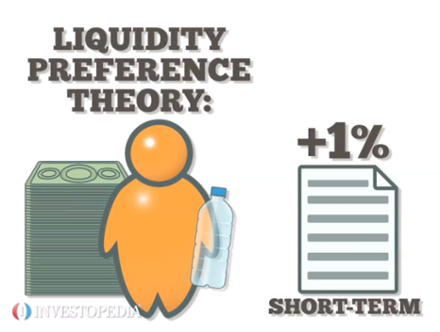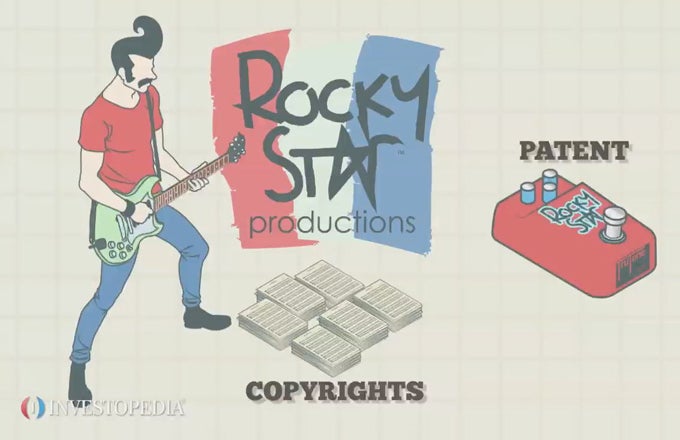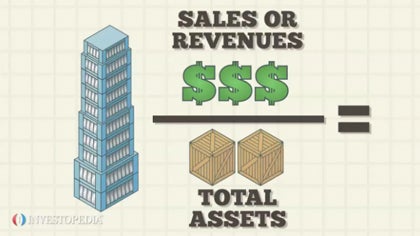A liquid asset is not a reference to a collector’s bottle of fine wine. Ironically, a collector’s bottle of wine is actually considered an illiquid asset, because it’s relatively difficult to quickly sell for cash. So what is a liquid asset? Something you own that is easily converted to cash. The easier it is to convert the asset, the more liquid it’s considered. Common liquid assets include currencies and commodities, as well as debt and equity traded in major exchanges like the New York Stock Exchange and Nasdaq. Common illiquid assets include art, collectibles and antiques, as well as debt and equity from private, non-exchange traded companies. Another aspect of liquidity deals with how price is affected by the conversion to cash. If the asset’s price drops when quickly converted to cash, that’s another indication that the asset is not liquid. This is where readily available markets come into play. If there is a market for the asset, then an owner can easily sell the asset with little effect on the sales price. Stocks, bonds and money market instruments are examples of assets that have a readily available market. Investors can buy and sell these assets on an exchange and have very little, if any, influence on the price. As securities or investments, liquid assets pay a lower yield than illiquid assets. This is because investors require a higher return on an illiquid asset, due to the increased difficulty of selling it for cash. Consider the example of investor Rocky Waterman. Mr. Waterman owns two government bonds, each with a face value of five hundred thousand dollars. The first bond is a U.S. government Treasury bond that Mr. Waterman can sell on the open market. The second bond was issued by a developing country called Freezonia. Freezonia's bonds are not traded on any market. Mr. Waterman, being the smart investor that he is, is willing to accept a current market rate of 2.78 percent on the U.S. government bond. But because he will have difficulty selling the Freezonia bond, its rate is much higher at 5.62 percent. In this scenario, the U.S. government bond is considered a liquid asset, while the Freezonia bond is not.





